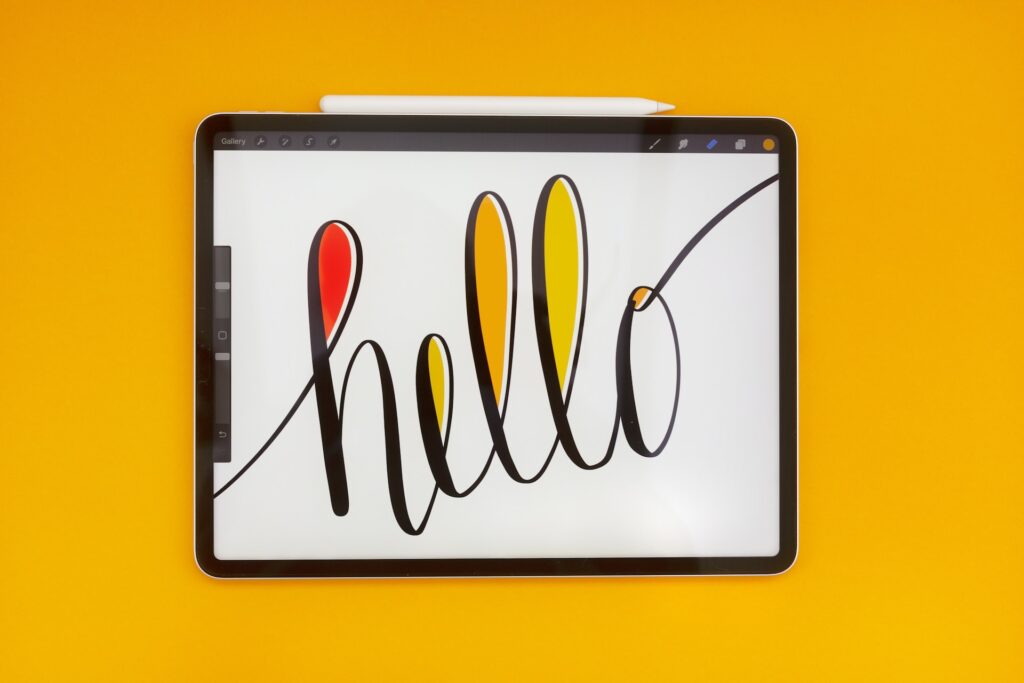Password theft and compromise of passwords have recently become a serious concern for organizations and businesses. It remains one of the leading loopholes that enable unauthorized access to an organization’s environment, leading to many undesirable consequences, the chief of which is data breaches.
The challenges with passwords result from the passwords themselves; they are difficult for users to commit to memory and maintain as needed. Sufficient passwords need a given set of words and symbols, making them complicated, and most organizations demand password resets after a few months.
To beat these challenges, most users use simple and often predictable passwords or write them on sticky notes, which unauthorized individuals can access. Various tools help individuals and corporates bolster their devices’ security, and Windows Hello for Business is the best at the moment.
What is Windows Hello For Business?
Microsoft takes your device and account security seriously, which is why the Microsoft team has been on a mission to do away with passwords.
Understanding the challenges with passwords, including difficulties with memory and the huge chance of re-using and writing down, the team has made considerable steps to develop a passwordless yet secure alternative to manage authentication. This alternative is the windows hello.
Windows Hello is a dominant component in Microsoft’s effort to say goodbye to passwords finally. Windows Hello is a robust, safe, and password-less way to unlock your computer by employing alternative security features like facial recognition, fingerprint, or Personal Identification Number (PIN). You should note that Windows Hello works for Windows 10 and above.
With the ultramodernist and greatest features of Windows Hello being optimized by constant research and trial, it has been made available for corporate use in what we know as windows hello for Business. It has powerful features and capabilities make it easier and more secure to apply in a company set up to keep the important data of businesses and organizations.
Moreover, it is vital to understand how Windows Hello for Business works, the various updates that have come with it, and how you can deploy it safely for your business.
How Windows Hello For Business Works?
Understanding how Windows Hello for Business works makes a huge difference in its usefulness in revamping the security of your devices and private information.
Windows Hello for Business works in the fashion of a two-factor credential, a more secure replacement for passwords. It provides a deployment alternative for both cloud and on-premises users. Those considering cloud deployments can use Windows Hello for Business with various enabled devices, including Azure Active Directory-joined, Azure AD-registered, or Hybrid Azure Active Directory-joined devices. It is equally available for domain-joined devices.
Some essential technical aspects influence the success of Windows for Business. Understanding them makes a huge difference in deploying and successfully employing this powerful tool for your security needs.
With its distributed System, Windows Hello for Business employs various factors to materialize device registration, provisioning, and authentication. These three aspects, device registration, provisioning, and authentication, are the Windows Hello for Business engine.
The next big assignment is to understand these three aspects in detail.
- Device Registration
Device registration is the first assignment you must do when you need to explore the features of Windows Hellow for Business. It is a non-negotiable prerequisite for Windows Hello for Business; without it, the next phase—Windows Hello for Business provisioning—cannot be started.
So what happens during device registration?
This is where you register your device identity with the selected identity provider. You must be keen on the type of deployment you want to go for, as identity registration works differently for cloud, hybrid, and on-premises deployments. If you consider cloud and hybrid deployment alternatives, you must work with Azure Active Directory as the identity provider and then register your device with Azure Device Registration Service (ADRS).
For on-premises deployments, registration works differently. You will work with Active Directory Federation Services (AD FS) as the identity provider and then register the device with the enterprise device registration service. Enterprise device registration service is hosted on the AD FS servers.
- Provisioning
After successful device registration, you are ready for the next step; provisioning. This is when the user employs a specific authentication alternative to request a novel Windows Hello for Business credential. As a matter of practice, the user signs in to Windows using their username and passcode.
The provisioning procedure demands a second-factor authentication before generating a strong, two-factor Windows Hello for Business credential, which bolsters security. After provisioning, you are ready for authentication.
- Authentication
Authentication is the final dart that settles the process of deploying Windows Hello for Business. After completing device registration and provisioning, users can sign in to Windows through the use of biometrics or a PIN.
PIN remains the household gesture available on all computers. However, under some circumstances, PIN use can be defined by a policy demanding a TPM.
Irrespective of the gesture employed, authentication works through the private segment of the Windows Hello for Business credential. The PIN or the private segment of the credential are never sent to the identity provider. Furthermore, the PIN is not kept on the device. After completing authentication, you can enjoy the bolstered security using Windows Hello for your corporate devices.
Bottomline
Bolstering devices and data security is a crucial step that every business must consider. You don’t want everyone, especially unauthorized individuals, to access your devices, especially sensitive information.
Instead of passwords that employees are prone to forget or write down where unauthorized users can access, you can change to a passwordless and secure option like Windows Hello.




